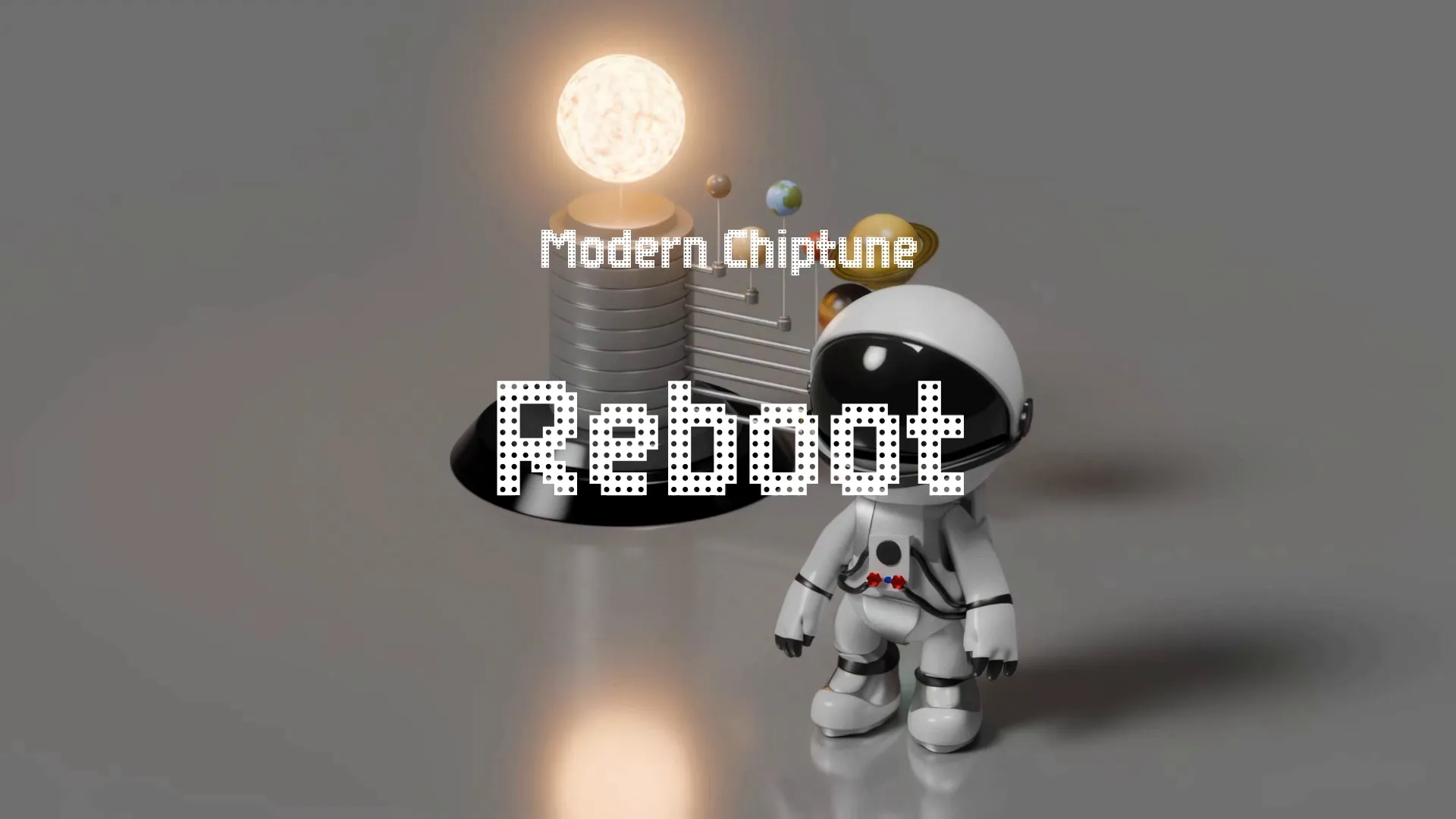Bait and Switch: Subverting Expectations in Game Narrative
The world shimmers. Before you, a vast, emerald landscape stretches, promising untold riches and heroic deeds. You, the chosen one, stand ready to answer the call. But what if the hero’s journey… isn’t? What if the dragon you’re meant to slay turns out to be a misunderstood guardian, and the princess, a tyrannical overlord in disguise? These unexpected turns, these delicious subversions, are the bread and butter of the “bait and switch” narrative, a potent tool in the hands of skilled game developers. Let’s journey into the heart of this technique, exploring its power to elevate, surprise, and ultimately, forge unforgettable player experiences.
The Art of Deceptive Promise
The “bait and switch” isn’t about trickery for trickery’s sake. It’s about carefully crafting an initial expectation, a seemingly straightforward path, and then, with deliberate precision, diverting the player onto a more compelling, meaningful, and often unexpected route. Think of it as planting a seed of predictability, only to watch it bloom into something entirely new. This is narrative alchemy, transforming the mundane into the magical.
Imagine starting a fantasy RPG where you’re destined to become a legendary knight. The game diligently reinforces this trope, with tutorials on swordplay, quests to rescue villagers, and even a wise old mentor figure dispensing cryptic advice. You’re building your character, leveling up skills tailored for melee combat, and investing emotionally in the archetypal hero’s journey. Suddenly, the mentor is revealed as the villain, the villagers are complicit in a dark ritual, and your “destined” path leads not to glory, but to becoming a puppet of evil. This forces a complete re-evaluation of your choices, your character build, and your role in the world.
Now, that’s a bait and switch that resonates.
Subverting Expectations: Why It Works
The human brain craves patterns. We seek them, rely on them, and build our understanding of the world upon them. When a narrative disrupts those patterns, it forces us to pay attention. It jolts us awake from the predictable slumber of well-worn tropes.
This disruption can manifest in several powerful ways. It can inject humor into a serious situation, as seen in Borderlands 2 where the over-the-top villain, Handsome Jack, is both a menacing antagonist and a source of constant comedic relief. The game lures you into expecting a typical stoic villain, but Jack’s narcissistic ramblings and petty behavior consistently undermine this expectation, creating a more complex and memorable character. It can create emotional resonance, as demonstrated by The Last of Us. The initial premise of escorting Ellie is quickly subverted by the profound bond that develops between Joel and Ellie, forcing the player to confront the emotional complexities of their relationship in a broken world. This is also present in Bioshock, which brilliantly critiques player agency and the illusion of choice.
These surprises create moments of genuine surprise, triggering an emotional response far stronger than simply following a predictable storyline.
The Perils of the Paltry Switch
However, the “bait and switch” is a double-edged sword. Misused, it can feel cheap, manipulative, and ultimately, unsatisfying. The key is to ensure that the subversion feels earned, logical, and contributes meaningfully to the overall narrative. It must enhance the experience, not detract from it.
One common pitfall is the “arbitrary twist,” where a major plot point is revealed with little to no foreshadowing or logical consistency. Imagine a detective game where the protagonist suddenly reveals they were the killer all along, with no prior indication or motive. This kind of twist feels like a betrayal of the player’s investment, invalidating their efforts to solve the mystery. Another mistake is the “gotcha” moment, where the subversion is purely for shock value, with no real impact on the story or characters. Think of a horror game that constantly relies on jump scares without building genuine suspense or dread.
These cheap tactics erode trust and leave the player feeling cheated.
Earning the Shift: Foundations of a Good Bait and Switch
So, how do you ensure your “bait and switch” lands with a satisfying thud, rather than a disappointing splat? The answer lies in careful planning, meticulous foreshadowing, and a deep understanding of your narrative’s core themes.
Firstly, subtlety is key. Plant subtle hints and clues that point towards the eventual subversion, without explicitly revealing the twist. This allows players to feel clever when they piece together the truth, rather than feeling like they were blindsided by an arbitrary plot device. Think about the movie The Sixth Sense; the groundwork is subtle but strategically placed, enabling the audience to connect the dots upon the reveal. Second, ensure the subversion serves a purpose. It should deepen the narrative, explore a theme, or provide a new perspective on the characters or world. Avoid twists that exist solely for shock value, as they often feel empty and unearned.
Thirdly, consider the player’s agency. How will the subversion affect their choices and actions? Will it force them to re-evaluate their priorities? Will it open up new possibilities or challenges? A good bait and switch empowers the player to engage with the narrative in a more meaningful way, not simply follow a predetermined path.
Create a free account, or log in.
Gain access to free articles, game development tools, and game assets.

.webp)
.webp)



















